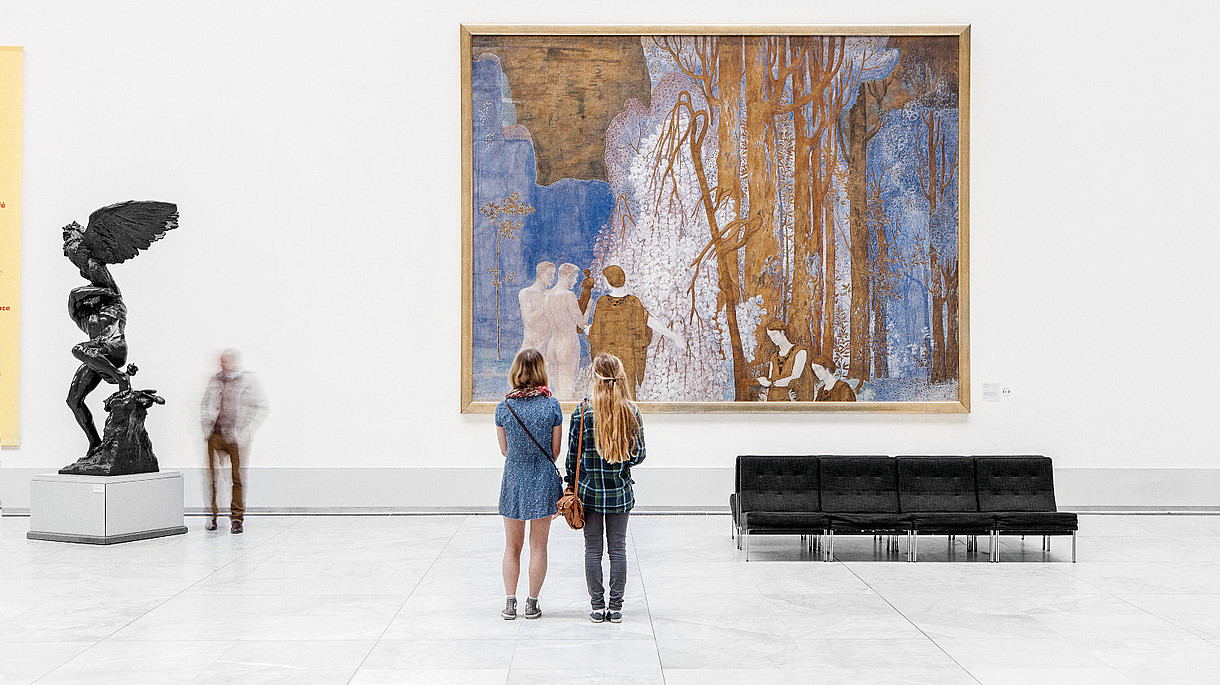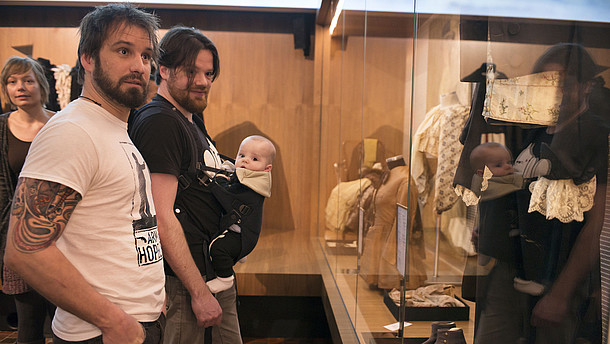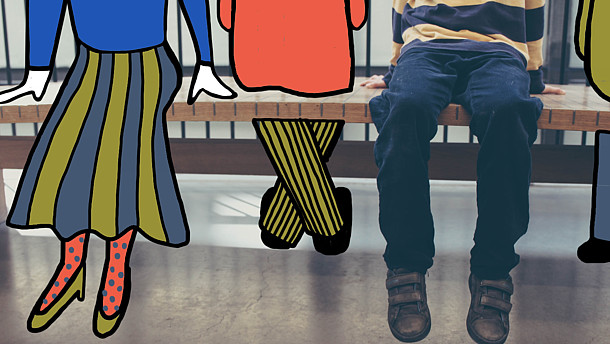The accounts are provided by national representatives of the European Museum Academy (EMA). The broad prompt question ‘How were museums doing in 2022 and what is going on?’ allowed for varied answers that reflect the richness in differences found in the museum sector and the rich diversity in Europe.
Below follows a summary presented on the website of the EMA. The full report presents insights from a national perspective from countries across Europe.
‘2022 appears to be the first year in which the museums throughout Europe were not preoccupied all the time with the pandemic. The impact of the pandemic was not so big, and the restrictions were gradually lifted. The most positive impact of that has been that museums across the continent as a whole have seen the return of visitors – in some cases like in Scandinavia the visitor numbers are almost up to the level before the pandemic. In other countries like the United Kingdom, the visitor numbers for museums are still recovering and most severely outside the major urban areas still marked by the impact from the pandemic.
After slowly but surely putting the pandemic behind us, three other major problems have arisen as realities for the museums in Europe. The war in Ukraine, skyrocketing energy prices, and inflation on levels not seen in decades have been of growing concern across Europe. The war has called for support of the Ukrainian people and their museums. Many museums and museum organizations in Europe have been and are still engaged in massive support actions. These actions cover support to staff and safety for the collections and museum buildings. As countries pledge their support for rebuilding Ukraine after liberation and the end of the war, they also include the recovery of museums and heritage. Museums around Europe and their national and European organizations are extremely active. The thousands of refugees from Ukraine spread around Europe have been offered a variety of services from museums which range from free entrance to special programmes, exhibitions, and participation in work processes. Museums have shown hospitality and empathy to an extent which has demonstrated the true humanistic values which are so deeply enshrined in the basis of all museums.’





